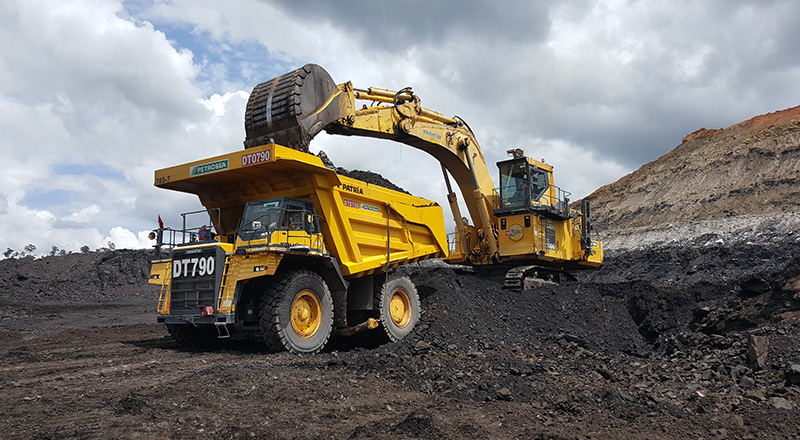
Before the pandemic began, Low Tuck Kwong tried — and failed — to sell a stake in his Indonesian mining company. Unable to find the right buyer, he decided to double down, adding shares instead of paring them.
The bet paid off: PT Bayan Resources’ stock has more than doubled since, making Low one of the wealthiest people in the industry, according to the Bloomberg Billionaires Index. His stake, now at 61%, is worth $6.1 billion.
“It’s very simple: If I can’t sell part of my shares, I better buy more,” Low said in a rare interview from Jakarta in March, the month he added another 199 million shares.
Coal producers have been on a tear recently, an unexpected development for the industry most responsible for carbon emissions. At last year’s COP26 climate summit in Glasgow, more than 40 countries pledged to shift away from the fuel. Indonesia, its largest exporter, has boosted regulation to safeguard natural resources.
Yet burning coal is still common, generating about 35% of the world’s electricity and twice as much in Indonesia. Post-pandemic economic activity has increased demand, as has the war in Ukraine. Nations including Japan have banned Russian fuel imports, further tightening supply and pushing prices even higher.
For Bayan Resources, where Low serves as president, it’s been a boon. Shares are trading near a record high. Revenue more than doubled to $2.9 billion last year, and the company repaid all of its debt. Now the miner is building new infrastructure to boost its production capacity to as much as 60 million tons by 2026 from 37.6 million tons in 2021, according to Chief Financial Officer Alastair McLeod.
“There’s still a very balanced, if not undersupplied market,” McLeod said in the March interview. “Obviously we will still face a variety of challenges. But from the market price perspective, there’s a demand for coal. We would anticipate healthy margins in 2022.”
Shares of coal miners have surged across the board, boosting the fortunes of other Indonesian tycoons. PT Adaro Minerals Indonesia, controlled by billionaire Garibaldi Thohir’s PT Adaro Energy Indonesia, has shot up almost 2,800% since its public debut in January. The 175% jump in PT Harum Energy over the past year has sent the value of its founder’s stake to $2 billion.
Environmental concerns have yet to tamp the world’s demand for coal, said Shirley Zhang, principal analyst for Asia Pacific coal market at energy consultancy Wood Mackenzie. Even if the Russian-Ukraine conflict subsides, she said, “coal will still be needed by most of the Asian countries by 2050, and lack of financing at coal mines will provide price support.”
Bayan Resources has installed solar panels and solar-powered lighting at its projects, and its Tabang mine, which contributes to more than 80% of its production, generates lower levels of sulphur, nitrogen and ash when it burns coal, according to a company presentation. But the limitations are obvious, McLeod said: “Inherently there’s only a certain amount we can do if we still sell coal.”
Low moved to Indonesia more than five decades ago, ready to tap opportunities in Southeast Asia’s biggest economy. Initially, the Singapore native went into construction — his first project was to build a facility to store ice cream. But the sector was a constant hustle.
“You still had to look for another project for our people to work on,” he said.
Mining looked more stable, and in the late 1980s and 90s, the construction company built its coal business. Bayan Resources was created in 2004, and Low also became the controlling shareholder of Singaporean coal shipper Manhattan Resources Ltd.
Low says he’s an animal lover, and he spends his free time strolling in the zoo and fruit plantations he established on the island of Borneo, near the site of his Tabang mine. He invested some $4 million in the park, which is open to the public free of charge.
(By Yoojung Lee and Fathiya Dahrul, with assistance from Pei Yi Mak and Yudith Ho)
Comments
Ovis Prieto
I would like to invite to contractors who work with coal auger mining services to talk about a possible project in Venezuela